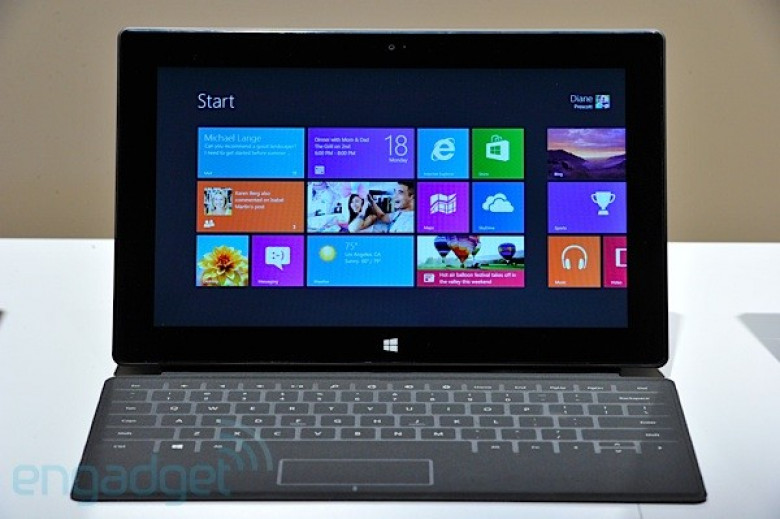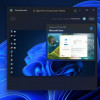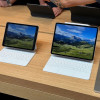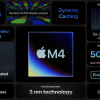Engadget goes hands-on with Microsoft Surface for Windows RT, Touch Cover and Type Cover
We're here live at Microsoft's press event in Los Angeles, where it just unveiled not just the rumored tablet you were hoping for, but two tablets: Surface for Windows RT, which has an NVIDIA chip inside, and Surface for Windows 8 Pro, which runs off Ultrabook-grade Ivy Bridge processors. (Yes, Surface here is the name of a tablet line, not software optimized for large touchscreens. Get that out of your system now.) Though the two differ slightly in dimensions, with the Pro model measuring in slightly thicker, both have a slim kickstand, about as thick as a credit card, that folds out of the backside like the tail of a photo frame. Both are made of magnesium and, perhaps most importantly, work with either of two magnetic covers that double as keyboards (one with multitouch input, and one with physical, three-dimensional keys).
None of this might make sense until you touch one yourself, but it's our job to at least help you understand: the Surface really is as rigid and lightweight as Microsoft's executive team promised us it would be. The magnesium casing makes it wholly inflexible, and we mean that in the best possible way. As thin and light as it is (9.3mm / 1.49 pounds, to be exact), there isn't a hint of give in the whole chassis. Were it not for fear of scratching that 10.6-inch, full HD display, we wouldn't have too many qualms about accidentally dropping it: the magnesium is as smooth and scratch-resistant as it is sturdy. Heck, even the display is coated in second-generation Gorilla Glass, so maybe we shouldn't handle this thing with kid gloves. Bonus: the whole package seems relatively impervious to fingerprints, at least, on the rear. And remember, this is after dozens of tech writers put their curious little paws on it.










































































